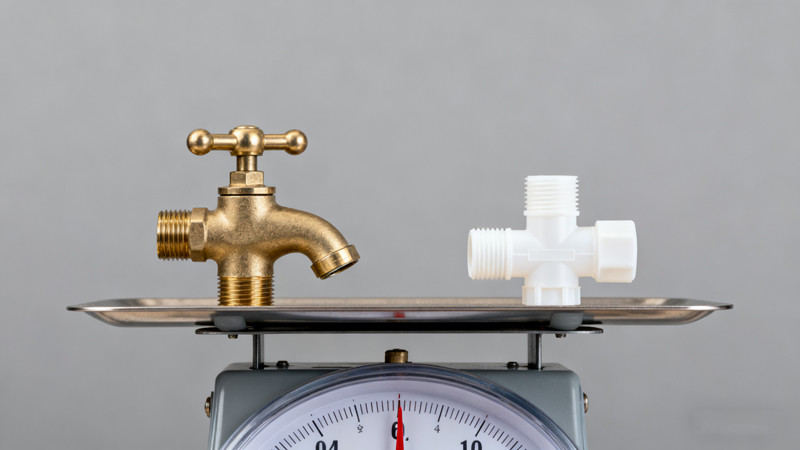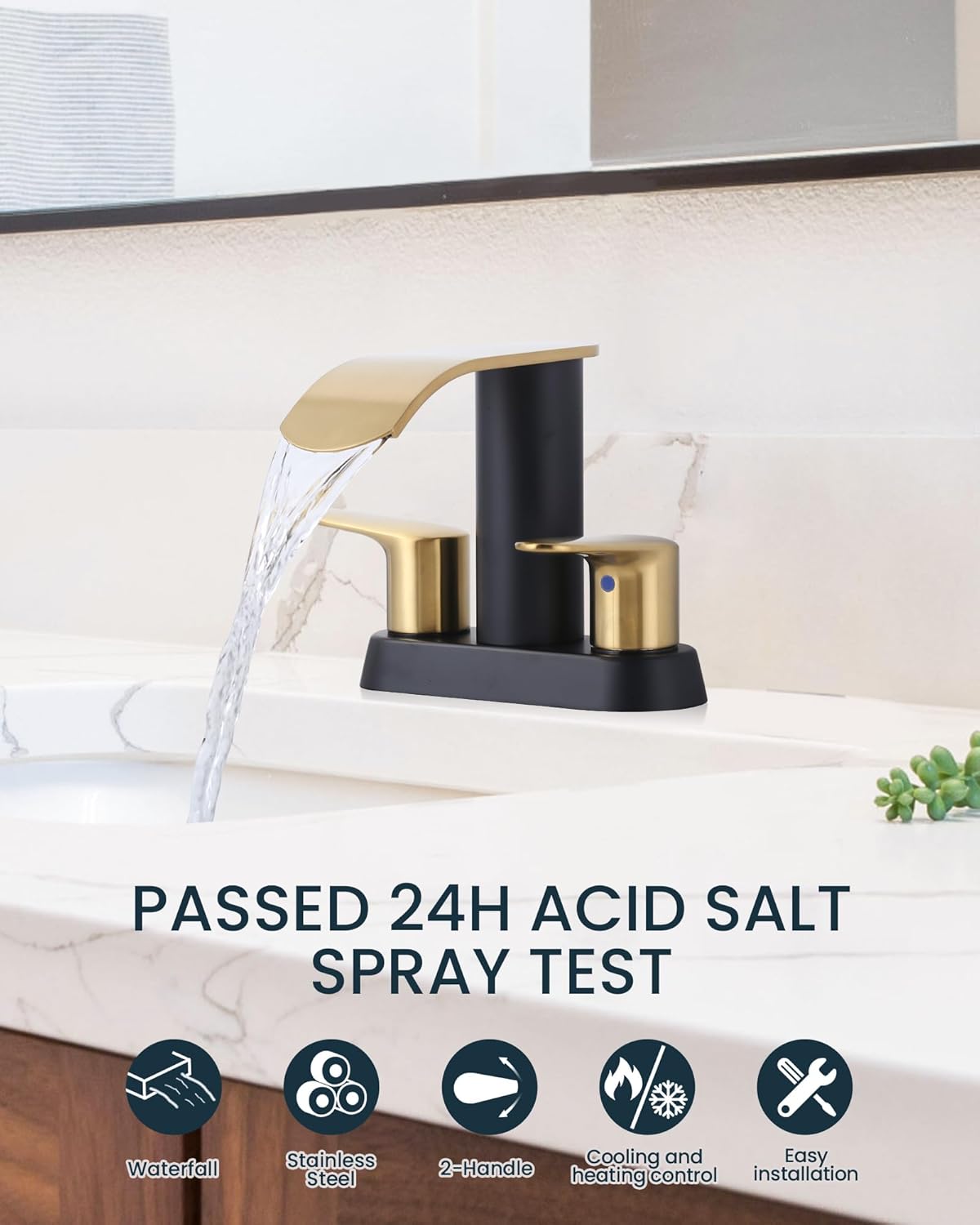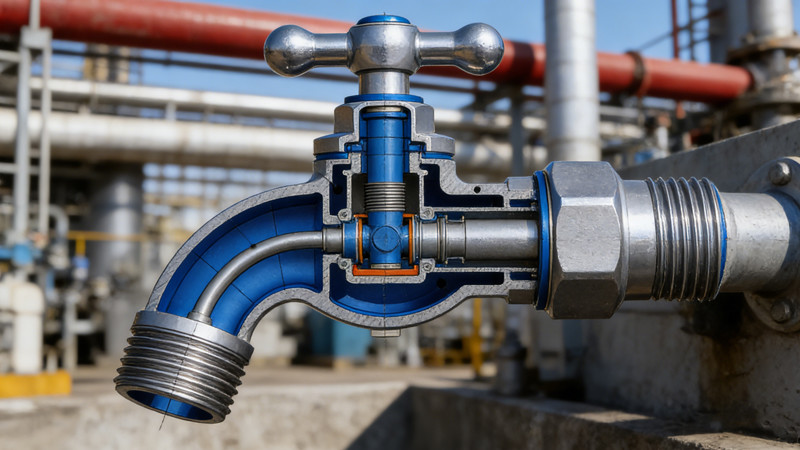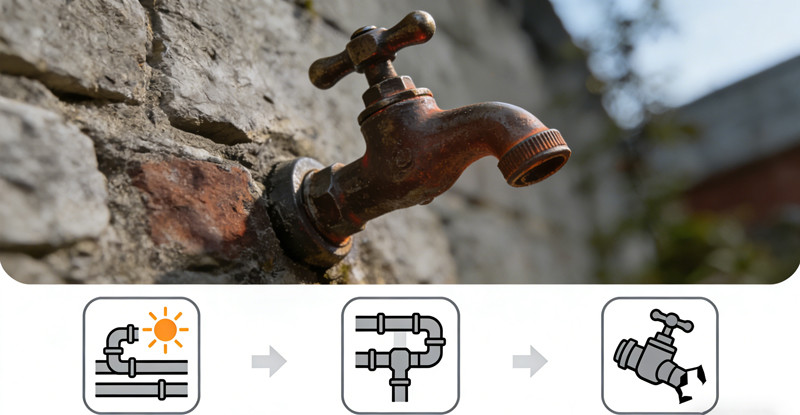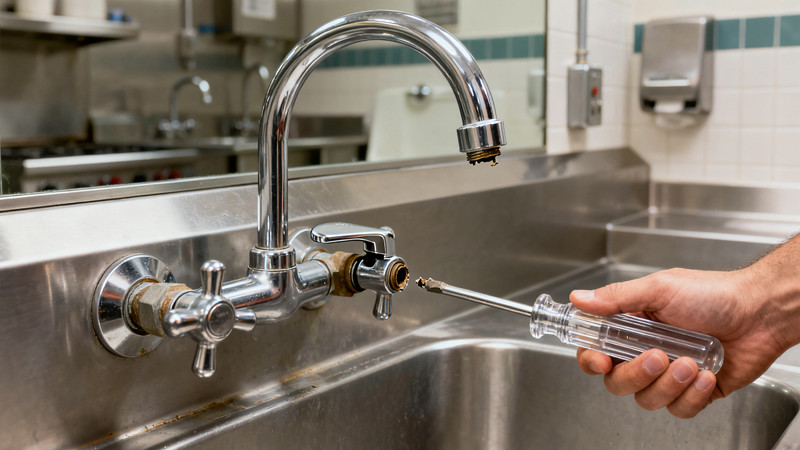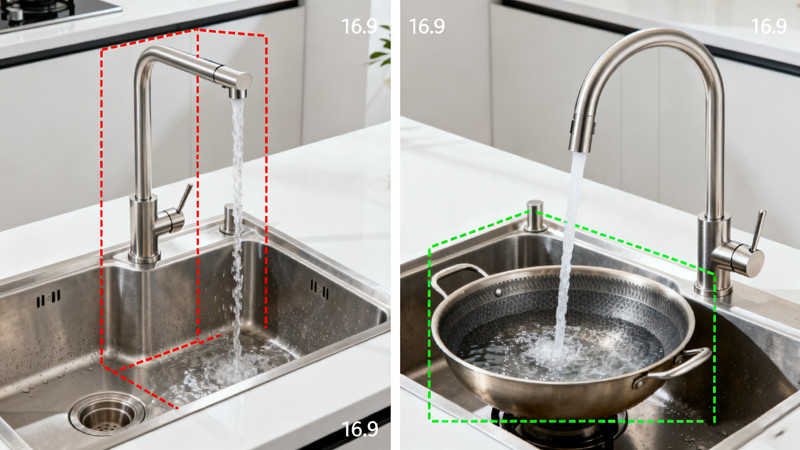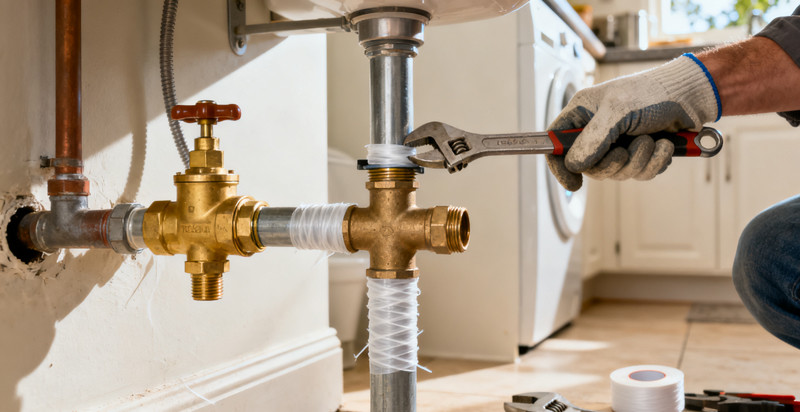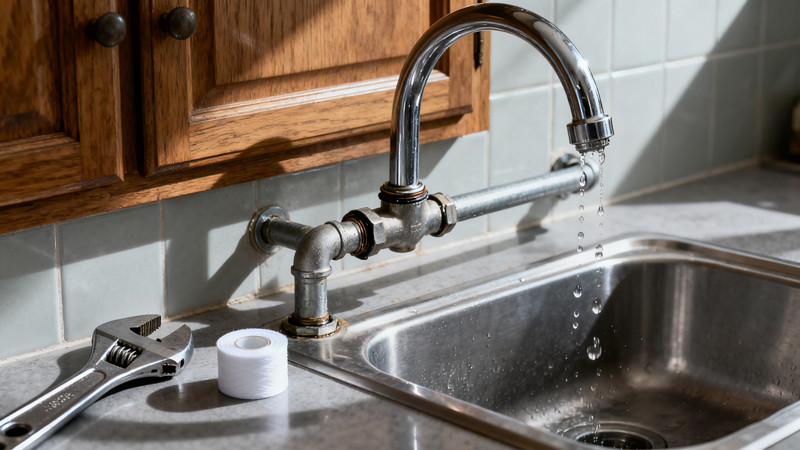When shopping for a new faucet, most people focus on appearance—sleek chrome finishes, minimalist handles, or modern pull-down sprayers. But beneath the surface, what really matters is durability. A faucet isn’t just a decorative fixture; it’s a daily-use mechanical device that needs to withstand constant water flow, temperature changes, and repeated handling. Replacing a faucet every few years because of leaks or corrosion can be costly and frustrating.
That’s why understanding how to test faucet durability before purchase is essential. By learning what to look for in materials, construction, certifications, and mechanical components, you can choose a faucet that performs well for years to come.
1. Check the Material: The Foundation of Durability
A faucet’s longevity largely depends on its construction material. While all faucets may look similar on the outside, their core materials vary greatly in strength, corrosion resistance, and lifespan.
a. Solid Brass: The Gold Standard
Brass is the most durable and corrosion-resistant faucet material. It contains copper and zinc, which naturally resist rust and mineral buildup. High-quality faucets often use solid brass bodies—not hollow or coated alternatives. You can check this by feeling the weight: a solid brass faucet feels heavy and sturdy in your hands.
b. Stainless Steel: Strong and Hygienic
Another reliable option is 304 stainless steel, known for its excellent corrosion resistance and hygienic properties. It’s lighter than brass but still tough enough to handle daily wear. Always confirm the grade—avoid low-grade or mixed alloys, which are prone to rust.
c. Zinc Alloy or Plastic: Short-Term Solutions
Faucets made from zinc alloy (Zamak) or ABS plastic are cheaper but less durable. They may look shiny at first but tend to corrode, crack, or lose finish over time. If you’re looking for long-term performance, these materials should be avoided for high-use areas like kitchens or main bathrooms.
Pro Tip: Pick up the faucet before buying. A heavier faucet usually indicates solid metal construction, while lighter ones are more likely to contain plastic or thin metal parts.
2. Examine the Cartridge Type: The Heart of Every Faucet
Inside every faucet is a cartridge that controls water flow and temperature. This small component is the heart of the faucet—and one of the main indicators of long-term reliability.
a. Ceramic Disc Cartridges
Modern, high-quality faucets use ceramic disc cartridges, which are both smooth and durable. They consist of two polished ceramic discs that slide against each other, forming a watertight seal. Ceramic cartridges can last for decades without dripping or leaking.
b. Compression and Ball-Type Cartridges
Older or cheaper faucets might use rubber washers (compression type) or ball-type mechanisms. These designs are more prone to wear and leaks over time, especially under high water pressure.
If the faucet box or specification sheet doesn’t mention a ceramic disc cartridge, that’s a red flag for durability.
Quick Test: Turn the handle gently. A ceramic cartridge feels smooth and firm, without wobbling or grinding. If it feels loose or rough, it’s likely using a lower-quality mechanism.
3. Inspect the Finish Quality: More Than Just Looks
The finish not only defines the faucet’s style but also protects it from corrosion, fingerprints, and scratches. Durable finishes are applied using advanced processes such as:
- Physical Vapor Deposition (PVD): Bonds the finish at a molecular level for exceptional resistance to scratches and tarnishing.
- Electroplating: Common on chrome faucets; provides a glossy and corrosion-resistant surface.
- Powder Coating: Adds color options like matte black or white while maintaining a strong surface layer.
How to Test Finish Durability
- Scratch Test (Gently): Lightly rub a metal key or coin on a hidden area. A durable finish will resist visible scratching.
- Water Test: Spray or splash water on the display unit (with permission). Cheaper finishes may show quick water spots or discoloration.
- Fingerprints: Smudge resistance is a sign of a high-quality coating—especially for stainless steel and matte finishes.
4. Assess the Handle and Spout Construction
A faucet’s moving parts—particularly the handles and spout—undergo the most wear. Poor-quality fittings can loosen, wobble, or leak within a few months.
What to Check:
- Handle Stability: Wiggle the handle gently. It should feel solid with no side-to-side play.
- Rotation Smoothness: The handle should turn smoothly, not too loose or stiff.
- Spout Movement: Pull-out or swivel spouts should move effortlessly but not feel flimsy.
- Hose Strength (for pull-down faucets): Test the hose extension; it should glide smoothly and retract easily without kinks.
Pro Tip: In showrooms, test the faucet as if you were using it at home—turn it on, move it around, and observe the feel. A premium faucet will always feel balanced and consistent.
5. Look for Certified Durability and Performance Standards
The most reliable faucets are third-party certified to meet strict performance and safety standards. Look for these labels or mentions in product descriptions:
- cUPC or NSF/ANSI 61: Confirms the faucet meets North American plumbing and lead-safety standards.
- WaterSense (EPA): Ensures efficient water use without compromising performance.
- ISO 9001 or EN 817: Indicates quality control in manufacturing and design testing.
Some manufacturers even perform life cycle testing, simulating tens of thousands of handle operations to ensure long-term performance. A brand that openly shares testing results is usually a trustworthy one.
6. Research Brand Reputation and Warranty
A faucet’s brand reputation and warranty policy often reveal how confident the manufacturer is in its product’s durability.
- Read Reviews: Check verified customer feedback for long-term usage reports (not just first impressions). Look for mentions of leaks, corrosion, or loose handles after a few months or years.
- Warranty Length: High-end brands typically offer limited lifetime warranties covering leaks, finish defects, and mechanical failures. Short warranties—1 to 3 years—may signal a lower-quality product.
- Customer Service: Reliable brands respond quickly to parts replacement requests and technical issues.
Tip: A long warranty backed by responsive support is a good indicator of a faucet built to last.
7. Compare Price vs. Value
While budget options can be tempting, cutting corners on faucet quality often leads to higher long-term costs. A durable faucet might cost more upfront but saves you money on repairs, water leaks, and replacements.
Consider it an investment rather than an expense. A well-built faucet can easily last 15–20 years with minimal maintenance.
When comparing prices, factor in:
- Material quality (brass or stainless steel)
- Cartridge type (ceramic)
- Finish technology (PVD or electroplating)
- Warranty coverage
Conclusion: Test Smart, Buy Once
A faucet’s true value lies not in how it looks today, but in how it performs over the next decade. Before making a purchase, take the time to test, touch, and research. Check for solid materials, ceramic cartridges, smooth movement, and proven certifications.
By focusing on durability first, you’ll not only get a faucet that enhances your home’s design but also one that stands strong against time, pressure, and daily use.
Buy smart—test for durability, and your faucet will reward you with years of reliable performance.
 WOWOW Faucets
WOWOW Faucets